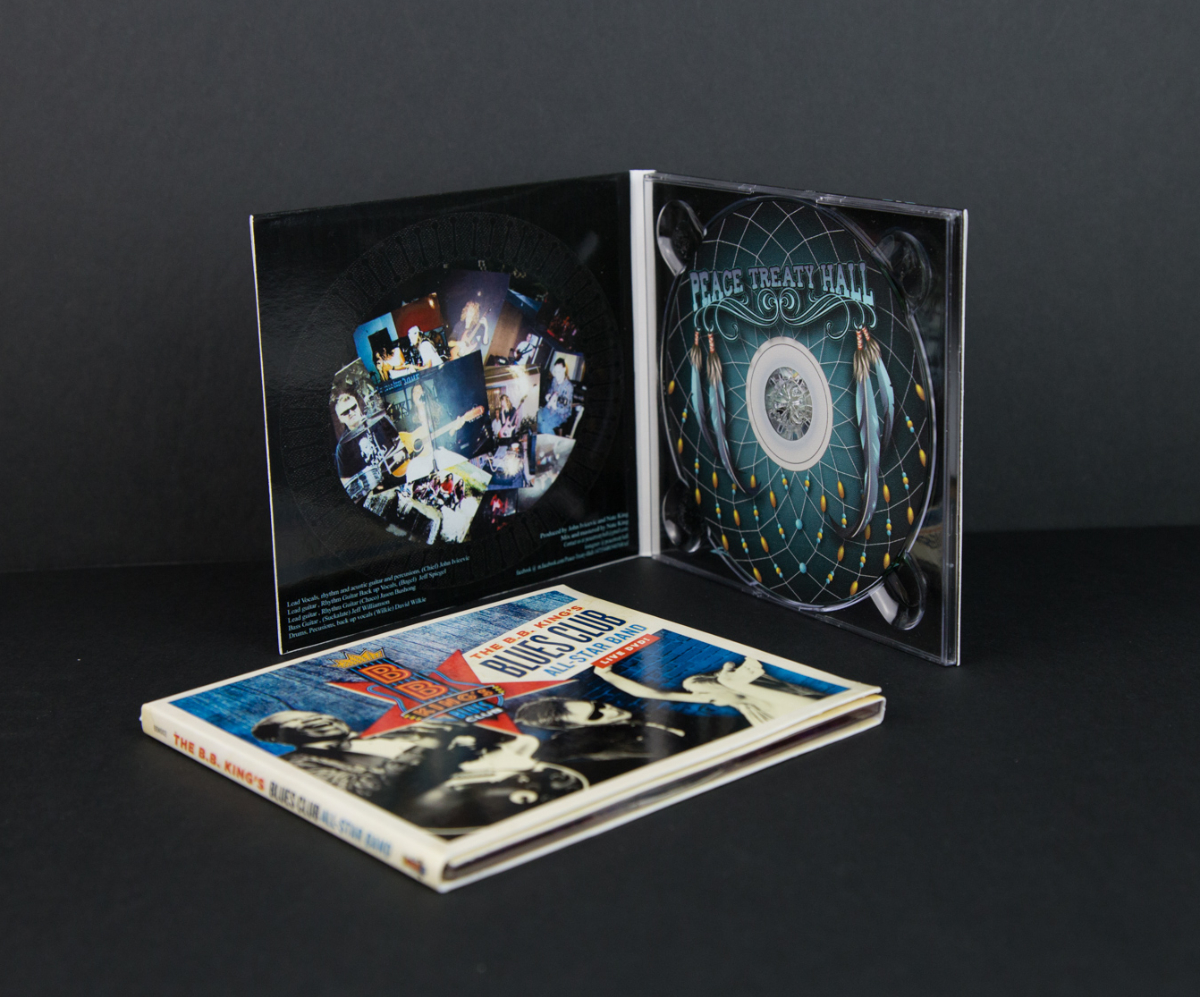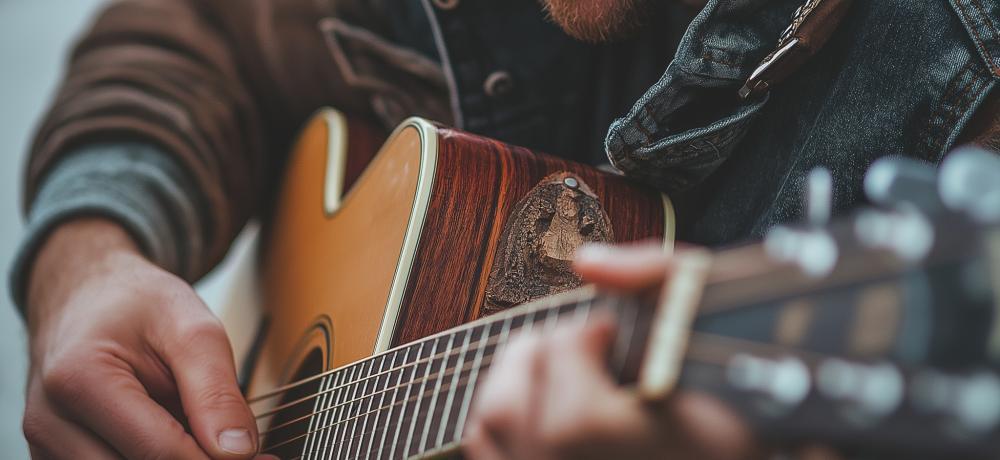How to do a Master Tune Up on Audio before Burning to CD

An audio tune up takes a finished song and masters it for final distribution, perfecting the audio’s quality. If you haven’t worked with a professional recording studio, some audio mastering can clean up and enhance your entire album. By cleaning up dust and scratches or adjusting a mix’s equalization and compression, your audio will sound more clear, full, and professional.
What are some symptoms of poor audio quality, and what can be done to fix them? Check out the symptoms and solutions below:
1. Dull, small, or uneven sound
Solution: Compression
If your audio sounds small, quiet, or dull, you’ll benefit from compression.
Compression turns down the loudest sounds to blend the sound properly, smoothing audio “peaks” to match the other levels of the song. With compression, you can increase the overall loudness of a song without having any part of the mix stick out.
Using a high ratio of compression within a high threshold will provide a harder punch of sound, while low ratios of compression in low thresholds can “warm” or soften sounds.
If your audio begins to sound squashed, your audio is probably too compressed.
2. One sound is too loud or soft, parts lacks clarity
Solution: Equalization
If parts of your audio are being lost under other layers in your track, frequency equalization (also known as EQ) will help. While compression fixes the overall mix’s unevenness, EQ is great for tuning specific sounds in your audio. Each type of instrument or sound has an EQ band. The interactive map below shows you the different EQ bands and their respective sounds.
50-60 Hz - bass, deeper sounds
100-200 Hz - snare punch. Boosting this band a bit increases richness of sound
500-1000 Hz - boosts many instruments, too much can sound nasal
2 kHz - improves the clarity of sound, but upping this band too much is painful or harsh
5-10 kHz - opens up the sound, helps snare have a fuller sound
If your audio sounds muddy, you can cut decibels from bands in the lower ranges. If it sounds harsh, try cutting decibels from bands in the high frequencies (over 2 kHz).
3. Audio isn’t loud or sounds faint
Solution: Loudness matching
One final mastering technique you can use to improve the quality of your sound is loudness matching. Compare your audio to a similar song or one of your favorite songs, and examine the difference in each mix.
Are the wavelengths in the competitor’s song louder overall? Even a .5 dB increase can take your song to pop-level quality, like in the clip above.
Preparing your audio for CD burning
Review your audio
Before you finish your mix, make sure you listen to it on multiple devices and speakers. How does it sound with high-quality headphones, in a car, or in mono? If one device sounds worse, you may not be done with mastering.
Convert your tracks
When you’re ready to have your album burned to a disc, you’ll need to convert your audio to 16 bit/44.1 kHz.
You can do this with resampling or dithering. Audio can be converted easily with iTunes, or you can try professional software like Masterlizer.
Be careful using some programs to convert as many will add codes, leaving files unrecognizable by digital players.
Need help?
Audio Mastering a small but critical step in the production process, and available as an upgrade through Bison Disc starting at $115. It is also fairly simple to do on your own, but our professionals have years of experience doing audio mastering for musicians. Click here to get started.



